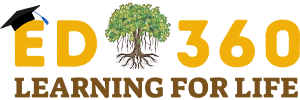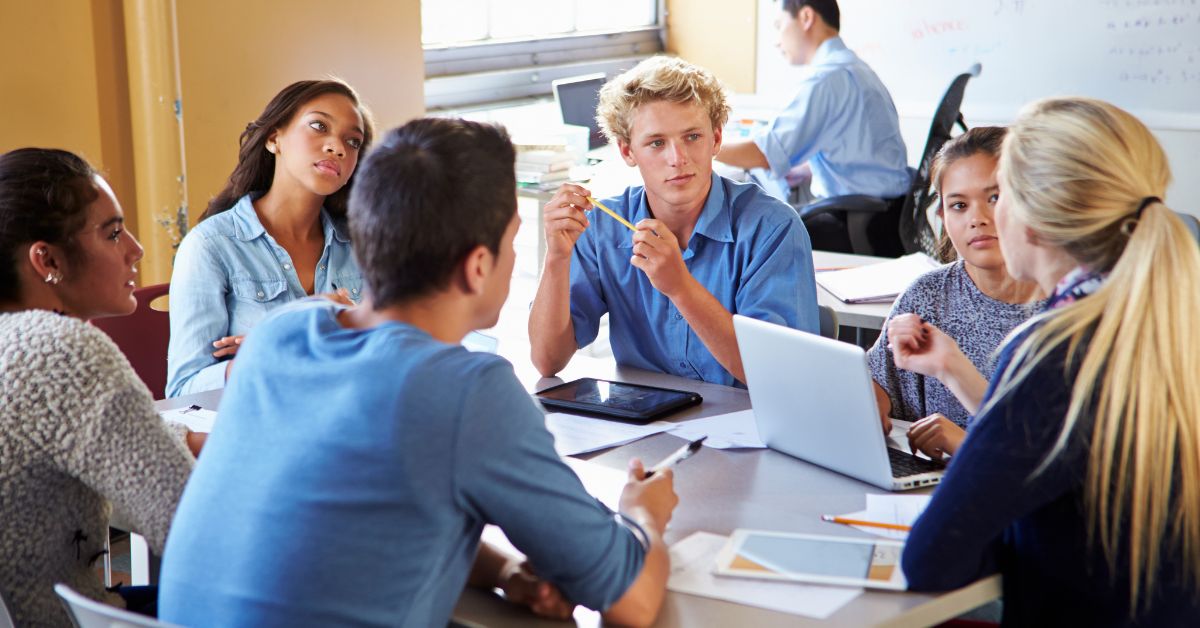Remember the days of sitting in a classroom, where the drone of the teacher’s voice was only interrupted by the occasional daydream or the sound of your own snoring? It turns out, there’s a good reason those endless lectures felt so… well, endless. Our brains crave variety, and according to some pretty smart people who study these things, mixing up how we interact in the classroom could be the secret to helping student learning.
The Dynamic Classroom
Johnson, Johnson, and Smith (1991) were onto something when they highlighted the magic of cooperative learning. They found that when students work together, they’re more likely to stay on their toes, engage with the material, and actually remember what they’ve learned.
But wait, there’s more! A bit of group work here, a bit of pair activities there, and a generous helping of solo study can transform the classroom into a veritable buffet of learning experiences. Lou and colleagues (1996) confirmed that mixing up the way students learn within the classroom can make a real difference in student achievement.

No More “One Size Fits All”
Think about it: no two brains are the same (even identical twins have their squabbles), so why should every student learn in the same way? Some students are social butterflies who thrive on discussion and collaboration, while others are lone wolves who need quiet time to digest new info.
The trick is to offer a variety so that everyone gets a piece of the pie (or cake, if that’s your thing). Slavin (1996) points out that we don’t just learn from textbooks and lectures; we learn from each other. When we talk, debate, and sometimes (friendly) argue about new ideas, we’re not just practicing our social skills—we’re putting those brain muscles to work too.
The Takeaway
So, the big takeaway for all us educators, facilitators, and tutors is to keep it fresh, keep it flexible, and remember that learning doesn’t have to be a solo journey. By creating a learning environment that’s as varied as the students who inhabit it, we’re setting the stage for a lifetime of “aha!” moments.
References:
Johnson, D.W., Johnson, R.T. & Smith, K.A. (1991) Cooperative learning: Increasing college faculty instructional productivity. ASHE-ERIC Higher Education Report No. 4. Washington, DC: School of Education and Human Development, George Washington University.
Lou, Y., Abrami, P.C., Spence, J.C., Poulsen, C., Chambers, B. & d’Apollonia, S. (1996) ‘Within-class grouping: A meta-analysis’, Review of Educational Research, 66(4), pp. 423-458.
Slavin, R.E. (1996) ‘Research on cooperative learning and achievement: What we know, what we need to know’, Contemporary Educational Psychology, 21(1), pp. 43-69.

